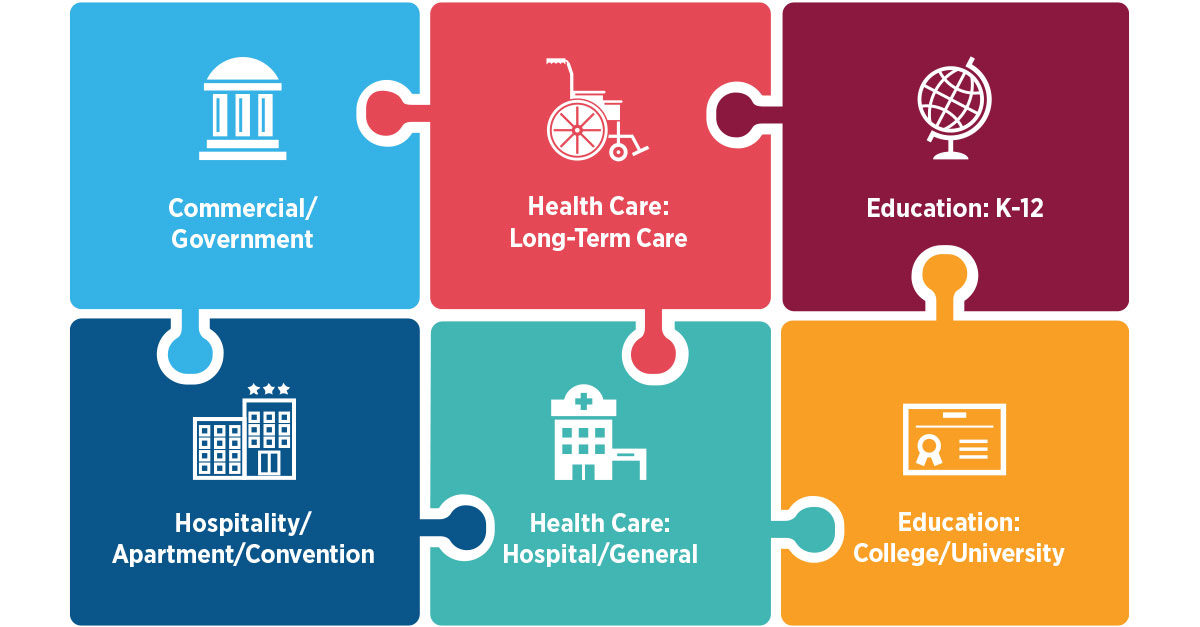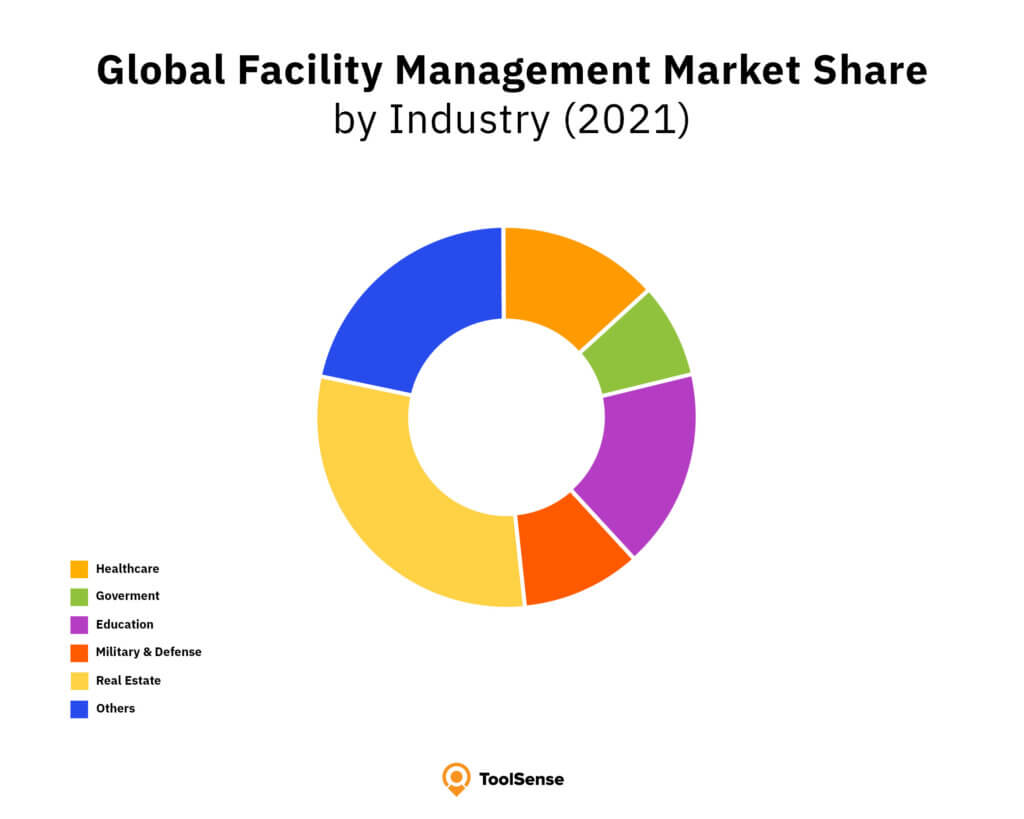Key Patterns Forming the Future of Center Management in 2024
As we look in advance to 2024, the landscape of center management is poised for considerable transformation, driven by several crucial patterns. The assimilation of smart structure innovations and a shift in the direction of data-driven decision-making assurance to enhance operational efficiency while prioritizing sustainability in practice. Moreover, the appearance of crossbreed job versions is reshaping office environments, requiring ingenious layout services that cater to progressing staff member demands. Amid these changes, the focus on occupant health remains to get grip, emphasizing the value of a healthy and balanced work environment. How these fads will manifest in practice continues to be a critical inquiry for sector specialists.
Smart Building Technologies

Smart structure technologies encompass a broad range of systems, consisting of smart illumination, cooling and heating controls, and safety systems. By incorporating these systems, center supervisors can check and adjust parameters in real-time, resulting in substantial decreases in power waste and functional expenses. As an example, wise sensing units can detect occupancy degrees and readjust lighting and temperature as necessary, making certain that power is just made use of when required.
In addition, these modern technologies assist in improved data collection, permitting organizations to track use patterns and determine opportunities for further renovations. The application of smart structure innovations not only contributes to sustainability objectives however also creates healthier workplace that can increase staff member efficiency and complete satisfaction.
As we move right into 2024, the adoption of smart structure technologies will likely speed up, reflecting a more comprehensive shift in the direction of more smart, responsive, and lasting facility monitoring methods.
Data-Driven Choice Making
Progressively, companies are leveraging data-driven choice making to enhance facility administration practices. By harnessing data analytics, center managers can obtain actionable insights that substantially enhance functional efficiency and source allocation. The assimilation of innovative innovations, such as IoT sensors and real-time tracking systems, makes it possible for the collection of large quantities of data on structure performance, occupancy prices, and power consumption.
This riches of information enables center supervisors to identify patterns, forecast maintenance needs, and proactively address issues prior to they rise. Anticipating analytics can anticipate tools failures, reducing downtime and repair service prices. Additionally, data visualization tools assist in far better interaction amongst stakeholders, making certain that informed decisions are made collaboratively.
Furthermore, data-driven techniques enhance tactical planning by allowing facility managers to assess the efficiency of present techniques and make educated selections pertaining to financial investments in modern technology or infrastructure. As organizations progressively focus on functional excellence, data-driven decision making is poised to come to be a keystone of effective center administration methods in 2024 and past. Inevitably, the ability to leverage data effectively will empower companies to develop more reliable, effective, and durable facilities.
Sustainability and Green Practices
The emphasis on data-driven decision making naturally straightens with the expanding emphasis on sustainability and eco-friendly practices within facility management. As companies significantly prioritize environmental duty, center supervisors are leveraging analytics to enhance resource use, minimize waste, and minimize carbon footprints. This strategic strategy allows the integration of energy-efficient systems, such as LED lights, wise HVAC controls, and renewable resource sources right into center operations.
Moreover, the execution of lasting practices expands beyond power consumption. Center managers are promoting and embracing eco-friendly products recycling efforts to develop a round economic situation within their facilities. This not just enhances the ecological profile of the organization but likewise cultivates a culture of sustainability amongst employees.
Conformity with ecological regulations is an additional important aspect driving the adoption of eco-friendly methods. By utilizing data analytics, center supervisors can monitor conformity metrics and identify locations for renovation, making sure adherence to local and worldwide sustainability requirements.
Crossbreed Job Designs
A substantial shift towards hybrid job models is improving the landscape of center management in 2024. This paradigm integrates in-office and remote job, necessitating a reevaluation of area usage, resource allowance, and staff member engagement strategies. Organizations are progressively identifying the relevance of flexible workspaces Recommended Reading that accommodate varied needs and preferences.
Center managers have to adapt by executing functional office layouts that support collective initiatives while giving locations for focused job. This includes the combination of technology to help with smooth communication and cooperation among remote and in-office staff members. Smart building solutions, furnished with sensors and analytics, enable real-time surveillance of space use, enabling companies to maximize their environments effectively.
Additionally, hybrid work designs highlight the requirement for efficient facility administration that prioritizes staff member experience. In essence, the hybrid job design is reinventing facility monitoring, encouraging a proactive strategy to fulfill the advancing needs of the workforce.
Improved Resident Wellness
As companies welcome hybrid work designs, an enhanced concentrate on resident health is coming to be important to facility monitoring approaches. Facility Management. This change acknowledges that a pleased and healthy workforce directly influences efficiency and retention rates. Center managers are now focusing on Full Article atmospheres that promote physical and mental health, incorporating aspects such as natural lights, biophilic design, and accessible wellness sources

Technology plays an important function in this development. Smart building systems can keep track of ecological aspects and readjust setups in real-time, making sure ideal comfort levels - Facility Management. Comments systems, such as occupancy sensing units and staff member surveys, enable facility managers to consistently improve wellness efforts based on resident demands.

Verdict
In 2024, the future of center administration will be considerably affected by the assimilation of wise structure modern technologies and data-driven decision-making, cultivating enhanced operational effectiveness. These trends collectively underscore the developing landscape of facility administration in response to contemporary challenges and chances.
Facility managers are taking on green products and promoting reusing initiatives to develop a round economic climate within their facilities.A considerable shift towards crossbreed work versions is reshaping the landscape of center administration in 2024.Furthermore, crossbreed job designs stress the demand for effective facility monitoring that prioritizes employee experience.As companies welcome hybrid job designs, an enhanced emphasis on resident health is ending up being essential to center monitoring methods.In 2024, the future of facility monitoring will be dramatically influenced by the assimilation of wise building modern technologies and data-driven decision-making, fostering boosted operational performance.